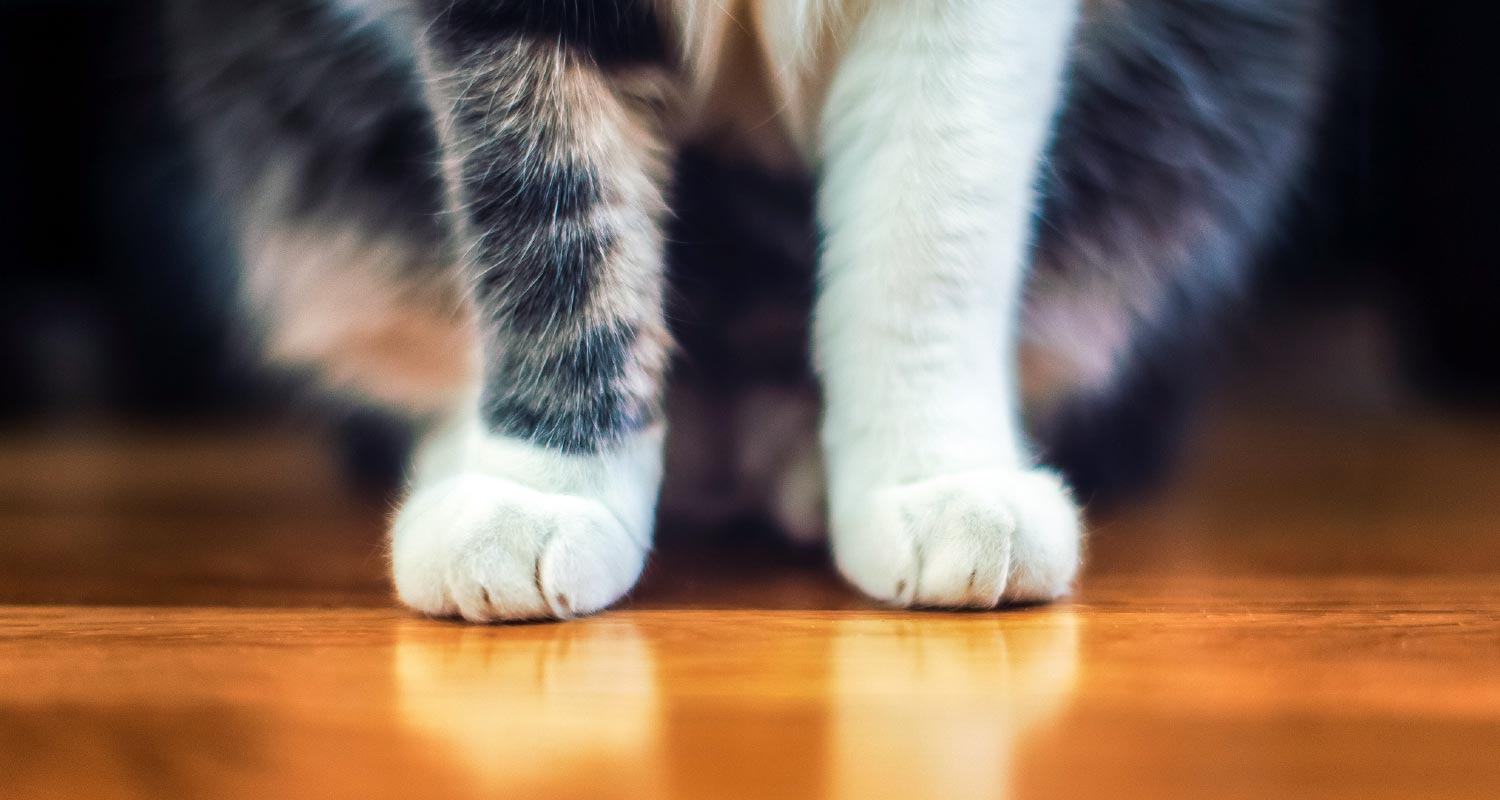HEALTH & WELLNESS

TRENDING

AACL – Animal Anti-Cruelty League
We’re excited and honoured to feature South Africa’s second largest independent animal welfare organisation on PetlifeSA.
Cat Parasites: External & Internal

Presenting: Potential external and internal parasites that can be found on or inside cats, broken down into various categories, each with a short summary. Think fleas, ticks, mites, lice, flies, roundworms, tapeworms and flukes. Brace yourself!
EXTERNAL PARASITES
Ectoparasites
Biting Insects: Bloodsuckers
- Bed bugs: Bed bugs prefer humans but can feed on cats when there’s no human host around. They’re not really harmful or frequent.
- Horseflies: Although horseflies can transmit diseases and their bites are painful, they’re not that harmful or frequent cats.
- Stable flies: They also carry and spread disease, but they’re not really harmful or frequent.
- Mosquitoes: Mosquitoes are dangerous because they can transmit disease, e.g. heartworm.
- Fleas: When it comes to external bloodsuckers, fleas are the most frequent and potentially harmful parasites in cats.
Non-biting Insects: Non-bloodsuckers
- Filth and nuisance flies: Although found worldwide, they’re not a big problem for cats.
- Houseflies: Although super frequent, they’re not generally harmful, but can transmit diseases that affect cats.
- Lice: Only one species of lice infests cats and that’s felicola subrostrata. They can be passed to cats through direct contact with other cats or contaminated objects, e.g. grooming utensils. They’re not very frequent and not too harmful.
- Screwworm flies: Mostly found in tropical and subtropical regions. They can be quite harmful, but they’re not very common in cats.
Ticks and Mites
- Ticks: Common parasites are dangerous because they can transmit many diseases, e.g. tick bite fever which can be fatal. Tick infestation can also lead to blood loss.
- Mites: Ear mites are irritating, common parasites in cats that can cause intense itching and ear infections. Demodex mites (although rare in cats) can cause an inflammatory skin disease (demodicosis aka mange) resulting in severe itching, hair loss, scabs and lesions. Burrowing mites (sarcoptic mites) eat away at the surface of the skin which can lead to severe hair loss.
INTERNAL PARASITES
Endoparasites, Worms and Helminths
Gastrointestinal Roundworms (Nematodes)
- Aonchotheca (Capillaria) putorii: Parasitic nematode of the stomach. Minor problem for cats.
- Hairworm (Capillaria hepatica): Worm that lives in the liver. Not too common or dangerous.
- Gongylonema spp: Lives in the esophagus and stomach. Not frequent or a major threat for cats.
- Physaloptera spp: A roundworm of the stomach and small intestine. Minor threat.
- Gnathostoma spinigerum: Stomach and larva migrans. Not common, but can be harmful.
- Cat stomach worm (Ollulanus tricuspis): Parasitic roundworm. Not common. Not a major threat.
- Toxascaris leonina: A roundworm of the small intestine. Not a major problem.
- Hookworm (Ancylostoma spp): Small intestine and larva migrans. Dangerous and common.
- Threadworm (Strongyloides spp): Small intestine and larva migrans. Serious threat for cats.
- Cat Roundworm (Toxocara cati): Major threat for cats. Small intestine and larva migrans.
- Whipworm (Trichuris spp): Large intestine and larva migrans. Not frequent, but can be serious.
Respiratory Roundworms (Nematodes)
- Cat lungworm (Aelurostrongylus abstrusus): Moderately common and can be dangerous.
- Nasal Hairworm: (Eucoleus spp): In nasal cavities. Not a massive issue.
Roundworms (Nematodes) In the eyes, skin, heart and other organs
- Giant kidney worm (Dioctophyma renale): Not too common, but can be dangerous.
- Dog Heartworm (Dirofilaria spp): In lung arteries and occasionally heart. Very dangerous.
- Bladder Worm (Pearsonema spp): Bladder. Not a massive problem.
- Eyeworms (Thelazia spp): Not a common or big problem in cats.
- Muscle and small intestine worm (Trichinella spp): Not very threatening.
Flukes (Trematodes i.e. flatworms)
- Common liver fluke (Fasciola hepatica): Parasite found in the bile ducts and the liver. Dangerous but not that common in cats.
- Cat liver fluke (Opisthorchis felineus): Parasite found in the bile ducts and liver. Not a serious threat.
Tapeworms (Cestodes: parasitic flatworms)
- Flea tapeworm (Dipylidium caninum): Small intestine. Not too frequent or too dangerous.
- Mesocestoides spp: Small intestine. Not common and not very dangerous for cats.
- Taenia spp: Small intestine. Not common and not very dangerous for cats.
OTHER
- Tongue worms (Linguatula serrata): Nasal cavities and pharynx. In subtropical regions. Not common in cats and not very dangerous.
Speak to your veterinarian about the best parasite protection for your pets.
Related Articles



petlifesa-parasites-ad-set-slider-01-FIN
petlifesa-parasites-ad-set-slider-02-FIN
petlifesa-parasites-ad-set-slider-03-FIN






